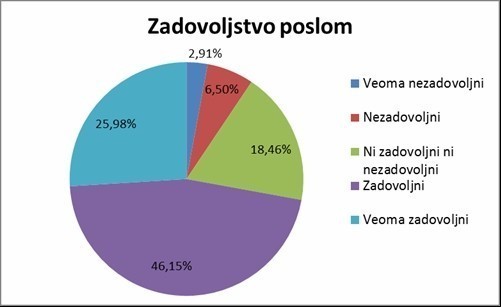In the realm of fabric science, the cross-sectional subject of a material holds serious significance, influencing its strength properties and overall performance across https://www.smbc-comics.com/smbcforum/viewtopic.php?f=1&t=9771 a spectrum of apps. This article delves into the important role that cross-sectional location plays in material science, exploring its implications regarding structural integrity, mechanical habits, and functional performance.
Often the cross-sectional area of a stuff refers to the area of its transverse cross-section perpendicular to their longitudinal axis. This geometric parameter is fundamental for you to understanding and predicting the behavior of materials under a variety of loading conditions. In strength engineering, for instance, the cross-sectional area directly affects the actual material’s ability to withstand kinetic forces such as tension, compression setting, and bending. Materials having larger cross-sectional areas typically exhibit higher resistance to deformation and failure, making them ideal for applications where strength and durability are usually paramount.
Moreover, the cross-sectional area influences the distribution of stresses and strains within a material under fill up. According to principles of motion, stress is defined as the drive per unit area placed on a material, while stress represents the resulting deformation as well as elongation. By increasing the actual cross-sectional area of a material, engineers can effectively will help magnitude of stress by simply each unit area, thus enhancing its resistance to mechanical failure. This concept is exemplified in the design of structural parts such as beams, columns, in addition to trusses, where optimizing cross-sectional area is crucial for providing stability and safety.
On top of that, the cross-sectional area has a crucial role in determining the load-bearing capacity in addition to stiffness of materials. Within materials with uniform cross-sectional areas, such as prismatic supports or cylindrical rods, the actual load-bearing capacity is instantly proportional to the cross-sectional place. This relationship is detailed by fundamental principles of mechanics, such as Euler-Bernoulli shaft theory or Timoshenko column theory, which govern the behaviour of structural elements underneath bending and torsional recharging. By manipulating the cross-sectional area of a material, engineers can tailor its mechanical properties to meet specific layout requirements, balancing factors for example strength, stiffness, and fat.
In addition to its mechanical implications, the cross-sectional area in addition influences the thermal and also electrical properties of materials. In heat transfer software, for example , materials with greater cross-sectional areas exhibit higher thermal conductivity due to improved pathways for heat move. This property is taken advantage of in the design of heat kitchen sinks, thermal management systems, in addition to electronic devices to dissipate heating efficiently and prevent overheating. Similarly, in electrical engineering, typically the cross-sectional area of conductive components such as wires and cables directly has an effect on their electrical resistance in addition to current-carrying capacity. By improving the cross-sectional area, engineers can reduce resistance and attention drop, thereby improving the efficiency and reliability involving electrical systems.
Moreover, the actual cross-sectional area has benefits for the manufacturability and cost effectiveness of materials. In manufacturing procedures such as extrusion, forging, in addition to casting, the cross-sectional place determines the amount of material needed to produce a given component. By means of optimizing the cross-sectional place, manufacturers can minimize stuff waste, reduce production costs, and enhance the sustainability of producing processes. Furthermore, advances inside additive manufacturing technologies, for instance 3D printing, enable specific control over the cross-sectional portion of fabricated parts, opening completely new possibilities for customized styles and complex geometries.
To conclude, the cross-sectional area is actually a fundamental parameter in materials science, with far-reaching effects for structural properties, mechanical behavior, and functional efficiency. By understanding and modifying the cross-sectional area of resources, engineers and scientists can easily design and optimize supplies for a wide range of applications, from structural engineering to electronic products, aerospace, and beyond. As research and innovation within material science continue to advance, the role of cross-sectional area in shaping the actual properties and performance of components will remain central to the development of new materials and technological innovation.





